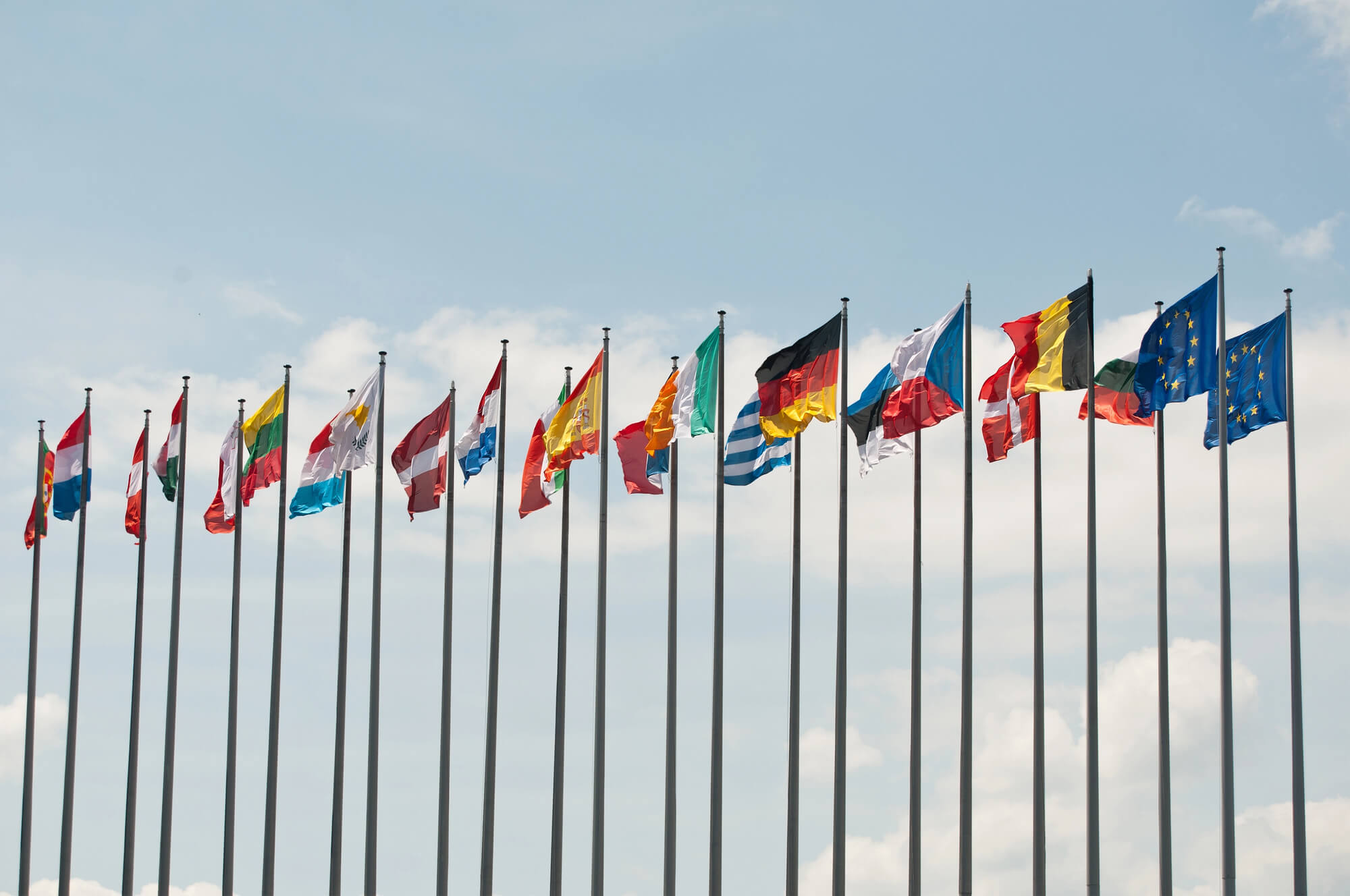June 25, 2024, marked a historic day — Ukraine officially began negotiations to join the European Union. A year has passed, and we are still not a member — and that’s entirely expected. What lies ahead is no sprint but a long and complex journey. So, how long do EU accession talks actually take? And have there ever been truly “fast-track” paths to membership?
Joining the EU is a complex, multi-level process. It consists of five distinct phases and typically takes years to complete.
Figure 1. Stages of a country’s accession to the EU
The process begins with a country submitting its membership application. The European Commission then assesses the situation in that country and delivers an opinion on whether it is ready to move forward. If the assessment is positive, the country is granted candidate status. Next comes the longest phase: accession negotiations. This is far from a formality — the country must align and adapt its national legislation to EU standards across 35 thematic chapters, covering everything from competition policy to the judiciary. Once all chapters are agreed upon and closed, an accession treaty is signed. However, even that is not the final step — the treaty must be ratified by all existing EU member states. Only after this does the country officially join the Union. And here is a crucial detail: the ratification process alone can take up to two years, while the full path — from application to membership — takes about nine years on average.
Figure 2. From application to accession: how long the EU membership process took
The longest phase by far is the negotiation stage — the very stage Ukraine entered a year ago — which takes over five years on average. Austria, Finland, and Sweden completed it faster than any other countries in EU history, needing less than two years. Croatia, by contrast, took more than seven years to get through it.
Some countries are still “on the path of negotiations.” Montenegro has been negotiating for thirteen years, Serbia for eleven, and Albania for five. Turkey opened talks back in 2005, but the process has been frozen since 2016. In other words, even the official start of accession negotiations is no guarantee of joining anytime soon.
Figure 3. Duration of the process between the opening of EU accession negotiations and official EU membership
But is EU membership really worth it? Yes. A study conducted in November 2024 found that in most member states, the majority believe membership has been beneficial. In nearly every country, more than 70% of respondents view participation in the EU positively. Even in Hungary — despite its strained relationship with Brussels — 74% recognize the benefits of membership. Only in France, Austria, and Bulgaria do fewer than 60% of respondents see clear advantages to being part of the EU.
Figure 4. Share of Europeans who believe their country has benefited from EU membership (as of November 2024)
In many countries outside the European Union, large segments of the population still want to join. In Albania, support for EU integration is nearly 100%. In Ukraine, it stands at 77%, and in Moldova — which, like Ukraine, only recently began accession talks — support reaches 50%. However, not everyone finds the EU equally appealing: in Norway, only 35% are in favor; in Iceland, 47%; and in Switzerland, just 18%. These are countries that have consciously chosen to stay outside the Union despite maintaining close ties. The UK presents a striking paradox: although it left the EU in 2020, today, 44% of Britons say they would like to rejoin, while 38% oppose the idea. In Scotland, support for rejoining jumps to 74%.
Figure 5. Public support for EU membership by country, %
Many countries are members of both the EU and NATO, but joining NATO is a different story. Membership in the North Atlantic Alliance does not require aligning national legislation with 35 chapters but follows its own process: a country submits an application, goes through the MAP (Membership Action Plan), carries out reforms, and then moves to the ratification of the accession agreement in the parliaments of current member states.
Figure 6. EU membership vs. NATO membership
On average, the path to NATO membership after entering the MAP takes 4.8 years. Finland, for instance, became a member in less than two years after applying in 2022. North Macedonia, on the other hand, took 20 years to complete the process.
Figure 7. Timeline of NATO enlargement
Joining NATO is also a complex political process, requiring compliance with security standards and defense interoperability. But EU membership involves even deeper integration — into the economic, legal, and institutional foundations of the common market. These are different trajectories, each with its own challenges and pace.
The year 2030 is increasingly cited in public discourse as a target for EU accession. While such a date can help sustain public interest and political will, it also risks creating the illusion of fixed deadlines. If those expectations are not met, disappointment is inevitable. Therefore, it is important to stay clear-eyed: the process is already underway, but this is not a race against time — it is a structural transformation of the country.
Attention
The author doesn`t work for, consult to, own shares in or receive funding from any company or organization that would benefit from this article, and have no relevant affiliations



